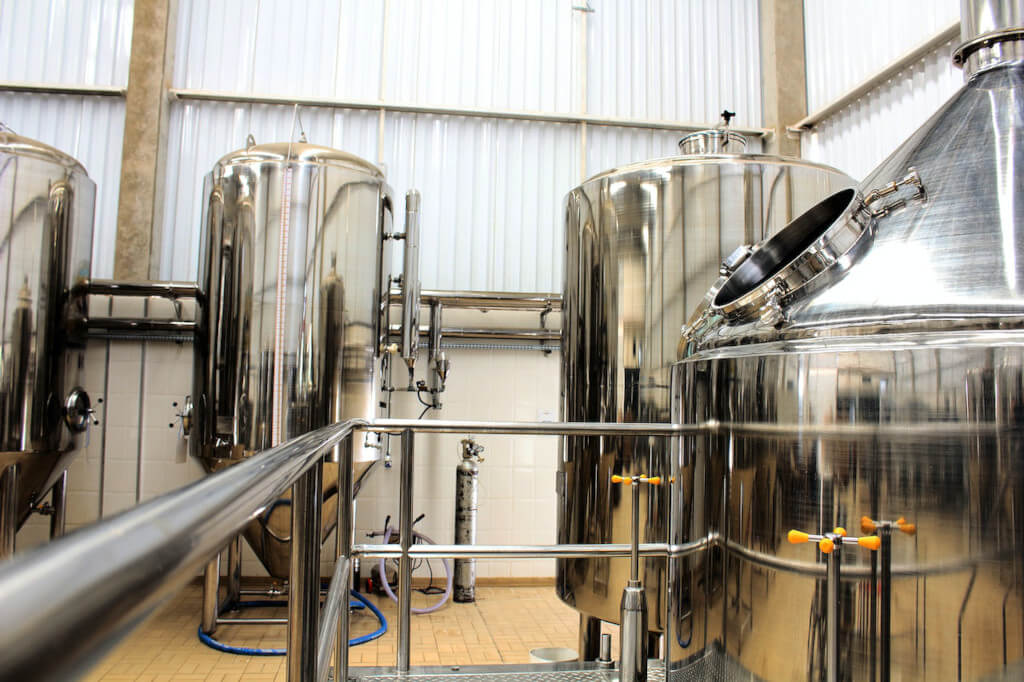
The industrial and processing industries, farming or ranching activities, fire protection agencies, water purification facilities, and city water supply networks all rely heavily on storage tanks. Storage tanks also play an important role in the military. Storage tanks are essential to the operation of a wide variety of additional businesses and institutions.
They can store a wide range of liquids in addition to various types of dry goods, including potable or non-potable water, sewage, food, sludge, dirt, and several other types of substances. For them to be truly cost-effective and dependable, they need to be capable of being constructed and installed in a short amount of time while requiring little effort, and they also need to have the strength to endure for decades without being compromised or requiring routine maintenance.
Both masonry and reinforced steel containers are options for long-term and dependable storage; however, both of these options are expensive, difficult to build, and difficult to operate. Masonry is one option, and reinforced steel containers are the other option. There is also the possibility of employing riveted steel tankers, which are constructed in sections at a supervised facility before being transported to the location, where they are subsequently assembled speedily and efficiently. In addition to being more adaptable and simpler to maintain than welded metal tanks, they offer the same level of durability.
Consider the Following Before Making a Purchase
Specifications and Drafts
It is in your best interests to request detailed drawings from the manufacturer of your steel tank in addition to the proposal for a stainless metal tank. A broad view should also be included in these drawings. When your facility’s architecture and steel structure is inappropriate, a number of factors can lead to serious problems. Some of these considerations include rail alignment, total tank measurements and occupancy, lid placement, and opening orientation. If you purchase a stainless steel container for processing, the location of the tank in the operation may not be able to tolerate such inaccuracies.
Welding Technique
When placing tank orders, the first question you should ask the manufacturer is not about the price of the stainless steel tanks, but about the manufacturing procedures. The welding process is an important component that determines how long your most recent tank will last, but almost everyone overlooks it. You can avoid problems by inquiring with the manufacturer about the metalworking processes that will be used in your tanks. This will allow you to stay ahead of any potential problems.
Pickling and Passivation Processes
Any modification to the stainless steel surface that occurs during the manufacturing process will cause the protective coating to deteriorate. After you’ve soldered your stainless steel tanks, your supplier will require pickling and passivation. PVC coating must be applied to the plates to reduce abrasion on the exterior during the manufacturing, transportation, and installation phases. If this is a food container, the maker should be informed that the interior metalworking seams must be polished to prevent the growth of bacteria on the interior surface.
Steel Tanks Have the Following Advantages
There Are Several Sizes Available
Bolted storage tanks come in a variety of sizes, with capacities ranging from a few thousand to a million barrels. These can be tailored to your specific requirements by having variable dimensions and heights, as well as a wide range of other features and options. Tanks can be made wider in areas where the amount of vertical space available is limited, or they can be made taller and narrower for such a small space in areas where the amount of horizontal space available is limited. The design possibilities are virtually limitless, and they can provide significant flexibility even in difficult circumstances.
The Procedure for Obtaining a LEED Certification is as Follows
You may already be aware of this, but did you know that using recycled steel products is a requirement for LEED-certified projects? Highland Tank may be able to assist your company in obtaining significant Components and Assets credits. These credits are not easily obtained, but they have the potential to play a significant role in the growth of your business.
It is Easy to Maintain and Repair
Cement and field-welded storage tanks require routine maintenance and, if damaged, can be difficult to repair. As a result, you will need to use specialized equipment and hire employees who are familiar with soldering and concrete. Riveted steel tanks require little maintenance because the finish is built to last and the valves and equipment are dependable.
On-site fabrication and installation of masonry or forged steel tanks necessitates a significant amount of skilled labor and time. Masonry tanks take longer to install than forged steel tanks. Furthermore, due to the nature of the operation, installations of masonry and welded containers are frequently stalled by unfavourable conditions, increasing the amount of time unavailable and the potential costs incurred.
A Few Final Thoughts
Purchasing a stainless steel container has become more common as potential buyers have gained a better understanding of the benefits that steel material provides. Stainless steel can be found in small or large buildings all over the world. Typically, these structures are made up of stacked horizontal tubes. Customers save money because of the stainless steel tanks’ long-lasting construction, the fact that they should not lose value over time, and the fact that they do not compromise on any of their attributes.



